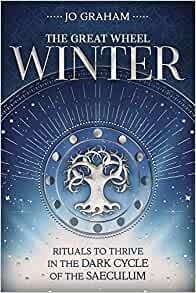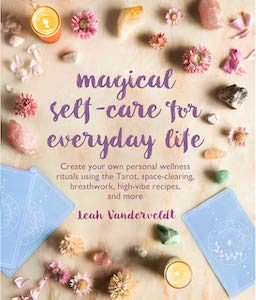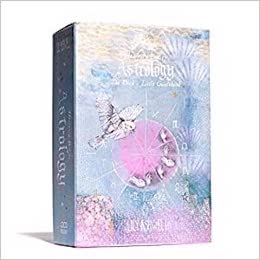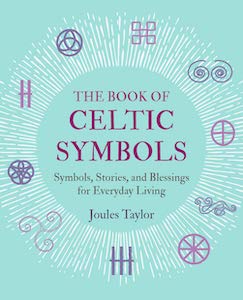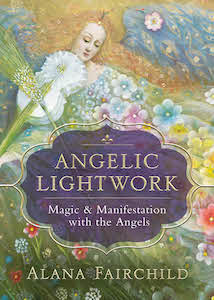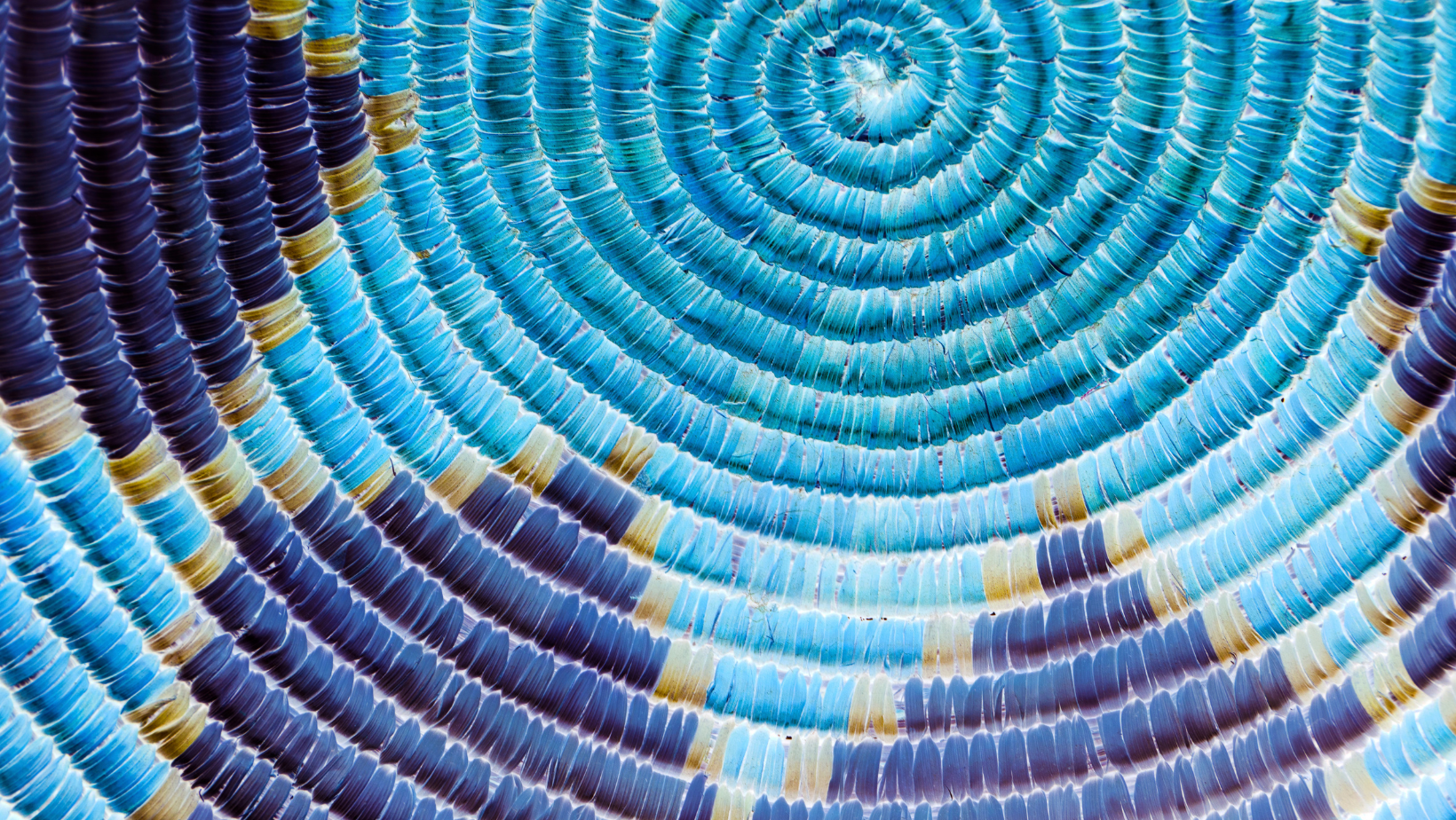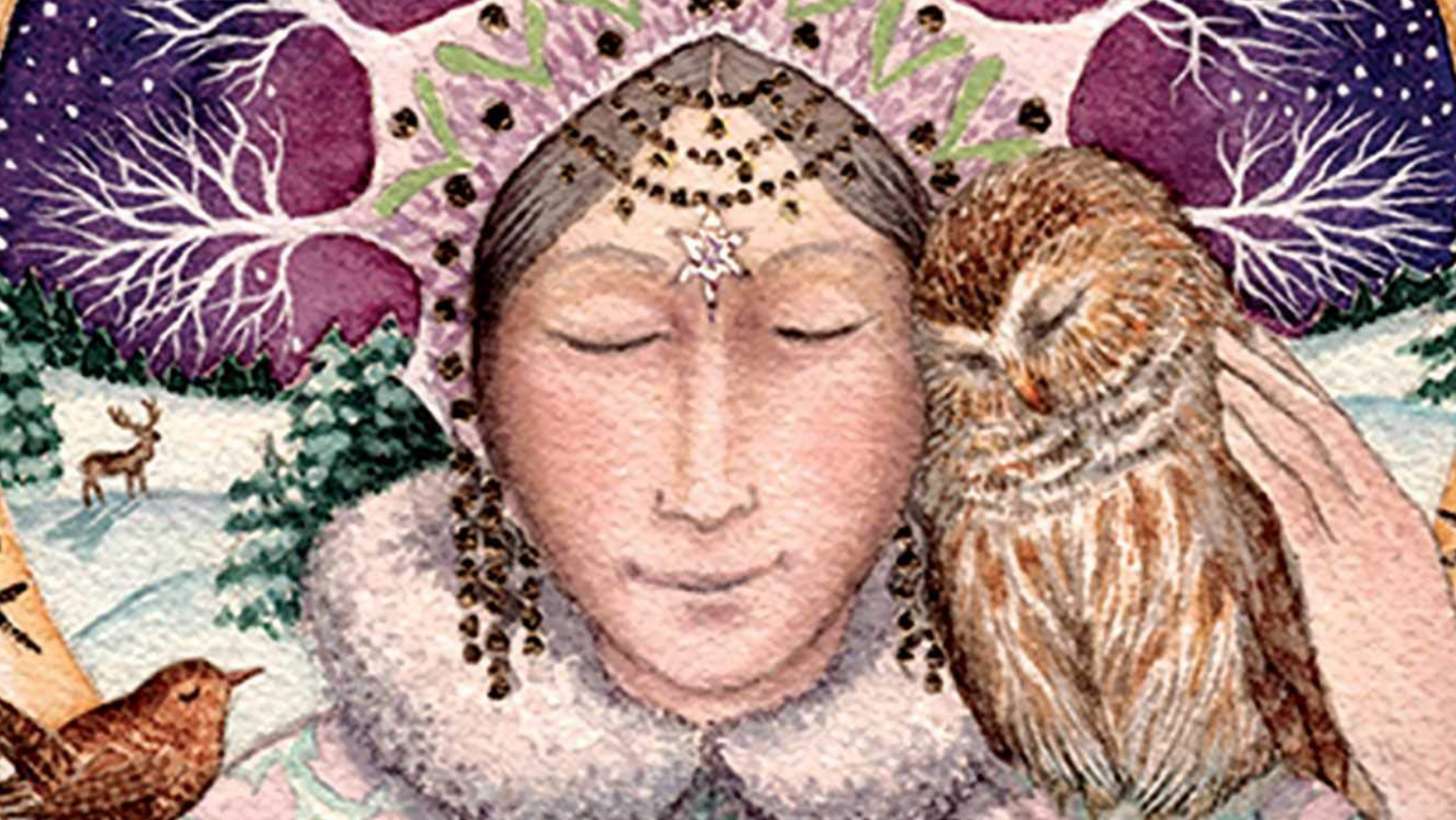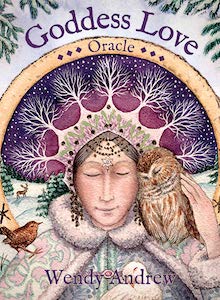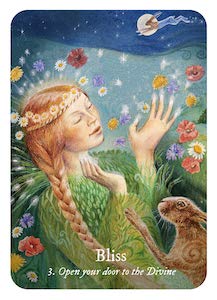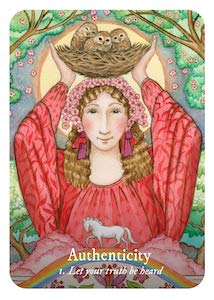
The Magical Nordic Tarot: Be Inspired by Nordic Legends and Explore Your Past, Present, and Future, by Jayne Wallace and illustrated by Hannah Davies and Tracey Emin
CICO Books, 1782498865, 64 page, 2020
The Magical Nordic Tarot by Jayne Wallace is a serenely magical deck. In recent years I’ve found myself attracted to all things Nordic such as hygge, the Northern Lights (which is on my list of things to see), and a society that promote a healthy work/life balance. However, I am not at all familiar with Nordic myths and legends. I have been looking forward to using this deck because I was curious to see how this deck would incorporate Nordic myths, gods, and goddess with the card interpretations. I am happy to say it wonderfully connects the reader with the exceptional energy of Nordic mythology, infusing the reading with the wisdom of Scandinavian culture.
The deck has a nice card stock and the card size is manageable (about 4” x 6”). The illustration on the outside of the cards reminds me of a love child between Vincent Van Gogh’s Starry Night and the Northern Lights. A bright yellow star is and smaller illuminated stars are placed on a background of colors of muted purples, pinks, and greens.

Hannah Davies’s illustrations of the Major Arcana cards are pure beauty. The depiction of light, landscape, and images reminds me of the dancing Northern Lights. Most of the images on the Major Arcana cards are set in a Nordic landscape and each card has a unique keyword at the bottom. In the accompanying book Jayne provides a description of the scene, key words, a message, and a meaning. Also included is a description of the card’s connection to Nordic myths, folklore, gods, goddesses, or legends that provides a deeper explanation of the card’s imagery.
I pulled a few Major Arcana cards as I familiarized myself with the deck.
The Lovers shows a man and woman each standing on what appears to be a mini iceberg. Two white swans swim towards them. Pastel colors of purple, pink, and turquoise are used in the illustration. “Passion” appears at the card’s bottom, supporting the message “I am entwined with passion.” 1 As the Nordic connection to the card, Jayne writes that “The goddess of spring and eternal youth, Idun, was thought to have magical apples that would help the gods and goddesses stay young and beautiful forever.” 2
The Magician is cloaked in a fur-trimmed jacket with the beams of the Northern Lights behind him. In the foreground is a compass, representing the directional points in which one can move. Mastery is the keyword of the card, representing that ultimately, we are all masters of our own fate.
In the Empress card, a woman sits on the ground, surrounded by blooming flowers and three rabbits (fertility). She lovingly caresses her belly that is pregnant with new life. In the background, mountains are set against the Northern Lights. Jayne describes that “in Nordic folklore it was said that seeing the Northern Lights could ease the pain of childbirth.” 3 Nurture is the keyword for this card, a reminder that we need to nurture the new.
The Hermit depicts a young man sitting in contemplation against the background of a waterfall. In the far distance, the Northern Lights shine like beacons. A rabbit and deer stand near but do not disturb the man. Jayne details that “the Nordic tree of life was thought to have three wells under it, all of which would water its roots and keep it alive.” 4 Wisdom is the keyword, the wisdom that comes from inner knowing that bubbles up when we are silent.

Interestingly, Jayne included an extra card titled Clarity to the Major Arcana. Clarity is depicted as a blue cat, “one of the most sacred animals in Nordic mythology.” 5 Unlike the other cards in the deck, this card was illustrated by Tracey Emin and so has a different style, more of a loose Japanese water color with no Nordic references. It is described as a card of compassion and self-care. The blue cat is “synonymous with the goddess of love and beauty, Freya, who’s thought to have traveled in a chariot pulled by cats, felines were highly prized by ancient Nordic people, who believed the cats had been given to Freya as a gift from Thor.” 6 I did not pull this card in any of my readings, though, but remain intrigued by its placement in the deck. I’m curious to see in which reading it will emerge.
The Minor Arcana cards contain depictions of each of the four suits. In the book, Jayne explains each of the four suits, their respective elements, and associations (for example, finances for Pentacles). The accompanying book also provides a description of the meaning of each card and a keyword. There are no Nordic legends or myths written about for the Minor Arcana cards.
The numbered cards of the Minor Arcana show the respective number and suit image with a different colored background for each suit. For example, One of Swords has one sword on the card against a purplish background. While the numbered cards lack illustrations that might help one in determining a message, each card has keyword at the bottom. Going back to the One of Swords, the clarifying word is Clarity. However, the court cards of the Minor Arcana are illustrated in the same Nordic style of the Major Arcana card. Most are set against a background of mountains and Northern Lights. They also include a keyword. I feel that a beginner can easily become familiar with the meanings of the Minor Arcana with a keyword which compensates for the lack of an illustration. The austere background of the numbered cards in no way diminishes one’s ability to read the cards.
The accompanying guide book is divided into four sections: Introduction, the Spreads, Major Arcana, and Minor Arcana.
The Introduction offered advice to both novice and experienced readers. I liked that Jayne Wallace walks new readers through various ways to connecting with the deck. Before diving into different spreads and the card meanings, Jayne suggests ways to get the most of a reading, advice that I have found is often skipped in tarot books. I think it’s really important to build a relationship with one’s cards and liked that this information was included. Jayne recommended various ways to connect with your deck including touching every card and also sleeping with the deck under your pillow. She also offers ways to care for your cards, which I think is another aspect of working with a deck that is also often neglected.
The Introduction also suggested various ways to begin the reading, set the mood, and participate in a closing ritual. I feel that these different components covered in this section reinforce the idea of respecting the cards, opening a “dialogue” with them, honoring the process of a reading, and concluding the reading with a ritual. I admit that I haven’t done a closing ritual in all my years of working with my cards but now plan on including last step in my ritual, which is generally centering one’s self and thanking the cards. Beautiful!
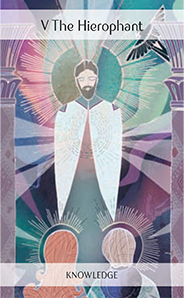
The second section of the book was on various Spreads. The Spreads range from one and three cards spreads to a spread that used 36 cards. The smaller Spreads are geared to both the Beginner and also a more experienced reader who wants a quick bit of guidance or clarification. I was not familiar with some of the spreads that Jayne included such as the four card Nordic Compass, the six card Horseshoe, the seven card Light Within, and that large 36 card spread, Clock.
I did a few quick reads which were amazingly spot on. But of course, I had to try the Clock spread which intrigued me. In this spread you pull 12 cards and set them out like the numbers on a clock and continue the process of laying out the cards until you have three cards for each of the 12 number spots, each of which corresponds to a topic such as Money, New Beginnings, Obstacles, and Past. As Jayne writes, the spread is meant to give insight into life at the present, offering help and guidance to any obstacles or challenges. As I sat with each of the 12 piles I came to see that the three cards in each spot began to reveal a story and I was able to get a deeper understanding of the message coming forth in each of the 12 positions; much more clarification came through by pulling the three cards rather than just one as many spreads often suggest.
All in all, The Magical Nordic Tarot is a beautiful deck. I enjoyed embracing the Nordic myths and legends while engaging with the deck. The deck seemed “quiet” to me, quite like the world seems after a snowfall. The messages come through, but in a muted way that gently seeps into one’s being versus a loud pronouncement. This feeling invited me to sit with the cards, enabling them to open themselves to me. I highly recommend this deck for those who seek an unassuming read filled with the beauty of Nordic landscapes, myths, and spirituality.
Anne Greco is a non-fiction writer who writes about her life experiences and travels with humor, keen observations, and the hope that her words will remind us that “we’re all just walking each other home.” Her book, Serendipity: Chance Pilgrimages, tells the story of Anne encountering her places of power. As she reconnects with herself at each site, Anne also develops a deeper understanding and appreciation of her connection to both the seen and unseen worlds. Learn more about her work here: http://annegrecowriter.com.


